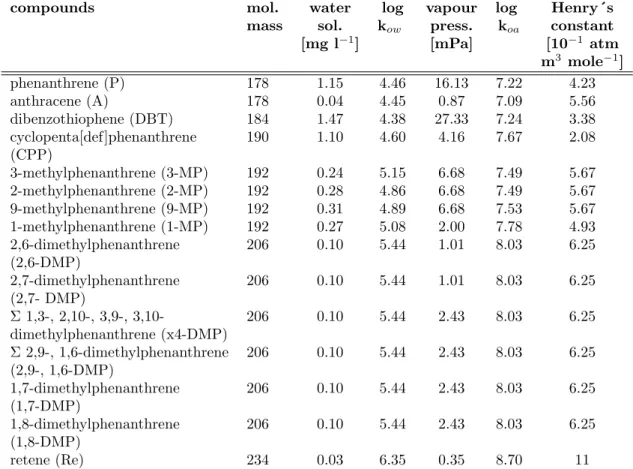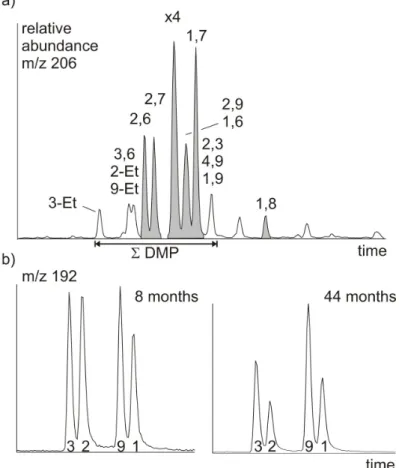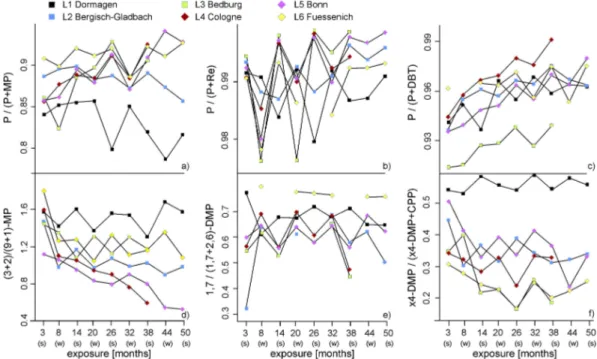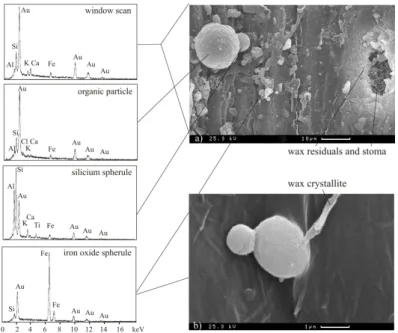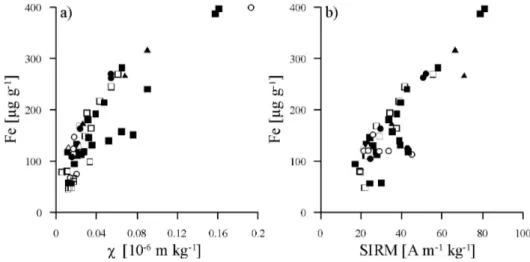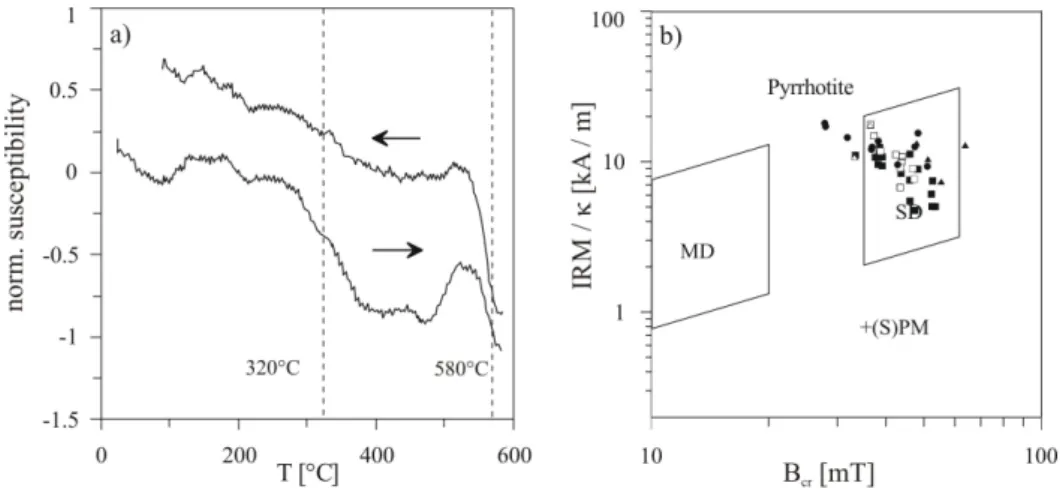Air quality in the Cologne Conurbation - high-resolution spatiotemporal biomonitoring
Volltext
Abbildung
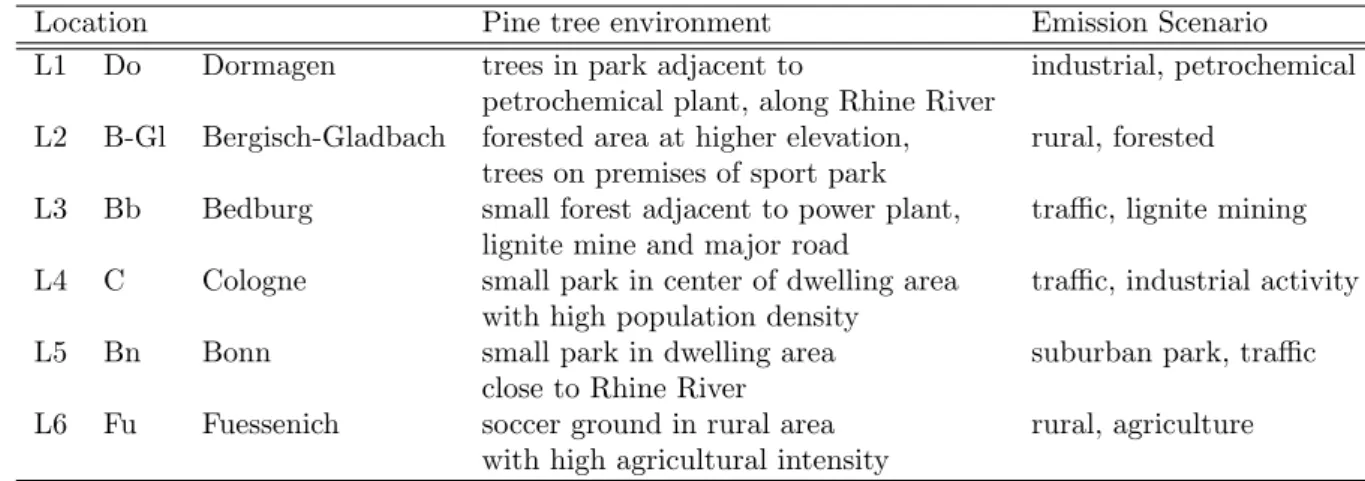
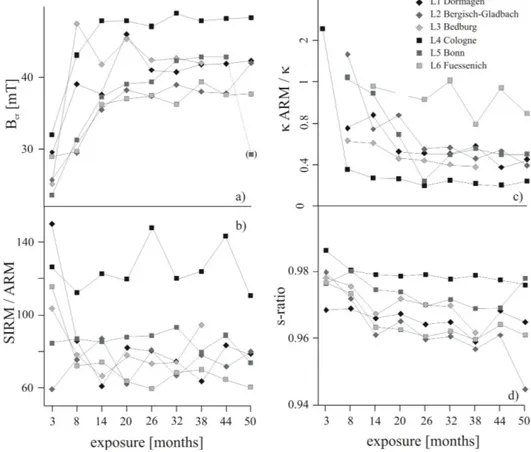
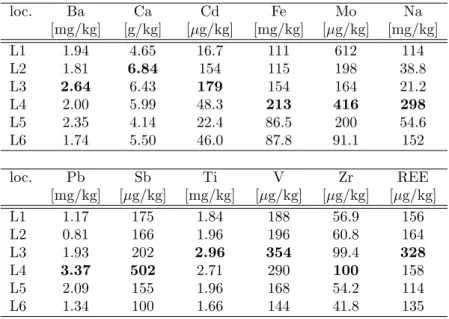
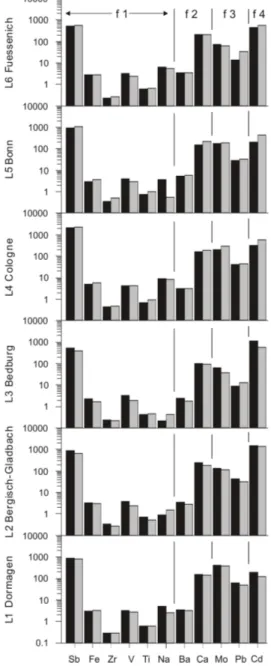
ÄHNLICHE DOKUMENTE
Indian firms can make use of emerging trends in Germany’s processed food market (e.g. organic, fair trade and vegetarian/vegan products with health and wellness components) as
Im Zuge der Rekrutierung wurden zum Schulanfang ausgewählte Schulen (Direktorinnen und Lehrerinnen) per E-Mail bzw. telefonisch kontaktiert, und über die mögliche
Welche Biologischen Grenzwerte oder sonstigen Werte zur Beurteilung existieren für diesen
Nach Kurzzeitexpositionen kann mit Biomonitoring nur eine Aussage darü- ber gemacht werden, ob eine Exposition stattgefunden hat oder nicht [1, 2].. Ob diese hoch oder niedrig
Darüber hinaus zeigen diese Daten, dass bei wechselnden Arbeitsplätzen, wie sie ja auf Baustellen üblich sind, die Gefahrstoffbelastung nur beurteilt werden kann wenn
Bei mehreren Untersuchungen einer Person darf die mittlere Konzentration des Parameters den BGW nicht überschreiten; Messwerte oberhalb des. BGW
13:35 Bystander-Exposition – Konsequenzen für den Arbeitsschutz, Chris-Elmo Ziener, Peter Kujath 14:00 Diskussion der Session.
• Under what conditions can biological monitoring of exposed workers reduce the requirements for inhalation and dermal exposure assessment?. • Is biomonitoring a task reserved
